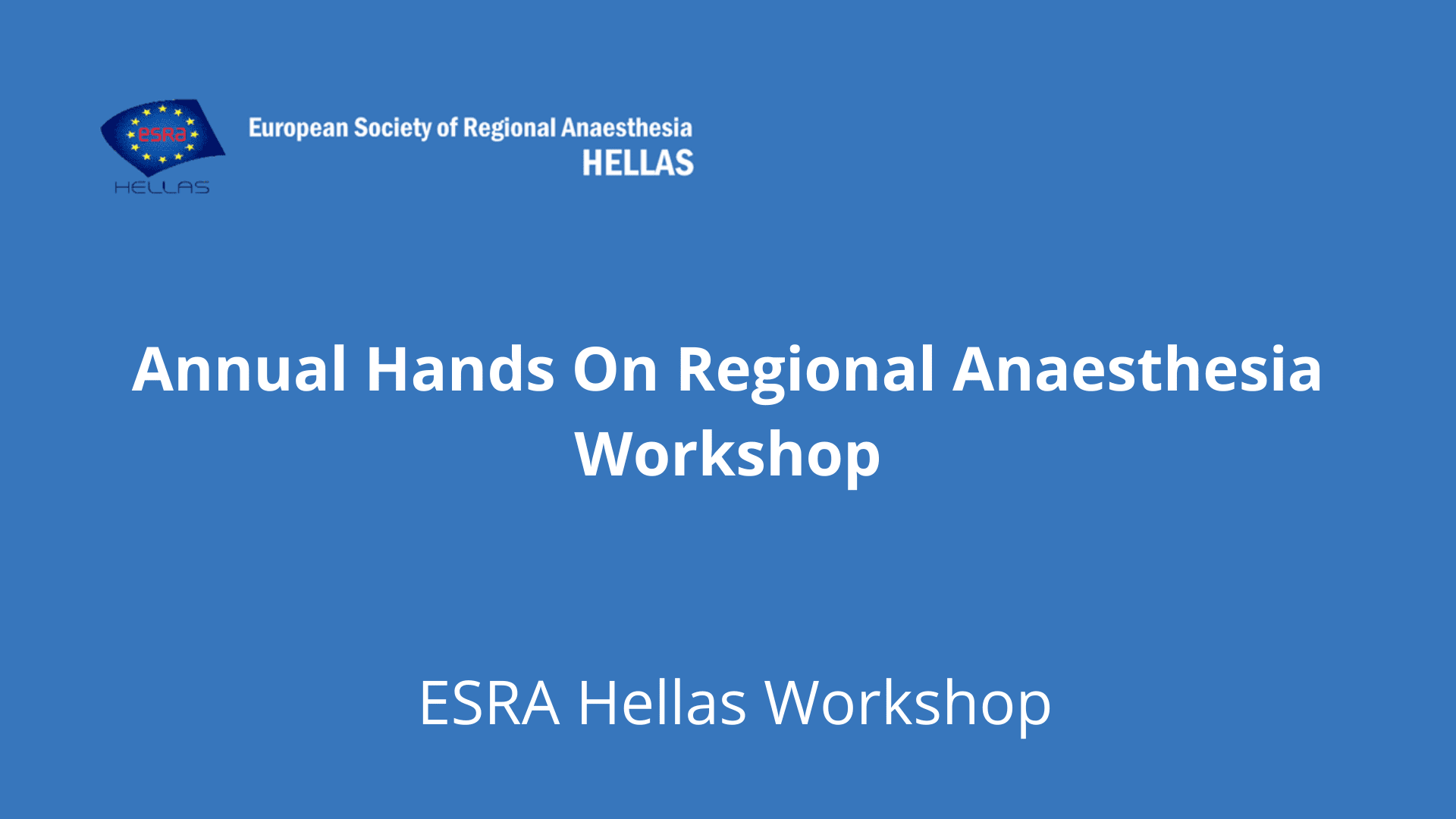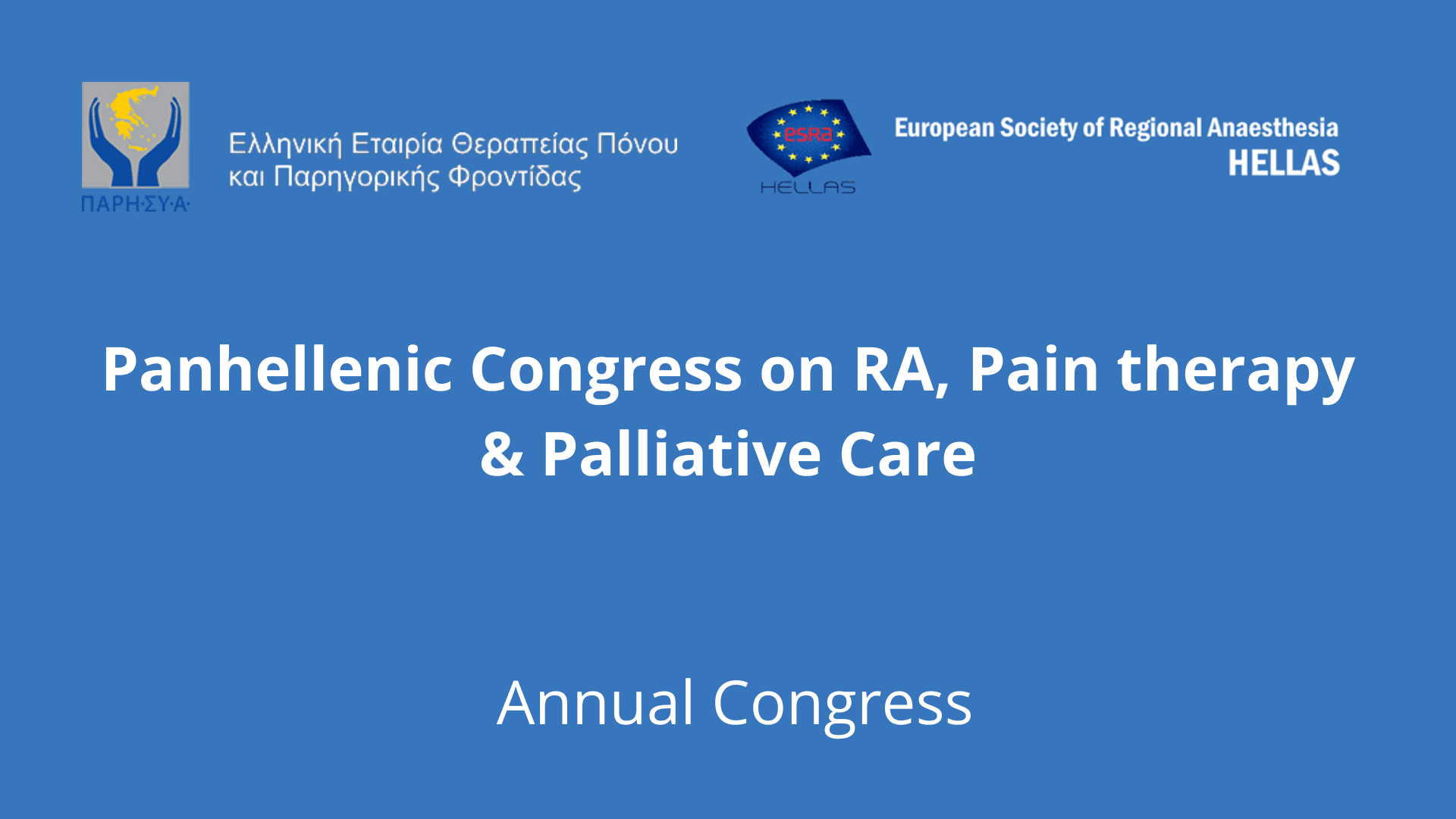Non – Cosmetic Breast Surgery

Non – Cosmetic Breast Surgery – PROSPECT
GUIDELINES – RECOMMENDATIONS
Procedure Specific Postoperative Pain Management
GUIDELINES – RECOMMENDATIONS
Procedure Specific Postoperative Pain Management
NON COSMETIC BREAST SURGERY
SUMMARY RECOMMENDATIONS
Algorithm for the Management of Postoperative Pain: click here
Patient Advice and Assessment: click here
Types of Breast Surgery
MAJOR BREAST SURGERY
Mastectomy
- Total or Simple: the whole breast, including the nipple and areola, is removed, but not the axillary lymph nodes
- Partial or Segmental: removal of a portion of the breast tissue and a surrounding area of normal breast tissue (usually removes less tissue than a quandrantectomy but more than a lumpectomy or wide excision)
- Radical: removal of the breast tissue, skin, nipple, areola, underlying chest wall muscles (pectorals) and varying numbers of axillary lymph nodes
- Modified Radical: removal of the whole breast, nipple/areolar region, and most of the axillary lymph nodes, but not the chest wall muscles
- Unilateral: on one side only
Quadrantectomy
- Removes a quarter of the breast, including the skin and breast fascia
Axillary Lymph Node Dissection(or resection or clearance)
Axillary Lymphadenectomy
- Surgical removal of the axillary lymph nodes
Breast Reconstruction
- Transverse rectus abdominis musculocutaneous (TRAM) flap breast reconstruction – uses muscle, skin, and fat from the patient’s abdominal wall to reconstruct the breast
- Latissimus dorsi breast reconstruction – uses skin and muscle from the patient’s back
Minor Breast Surgery
- Lumpectomy
- Breast Lump Excision
- Breast Biopsy
- Breast – Conserving Therapy
- Wide Local Excision
- Breast Tumour Resection
- Breast Surgery Resection
removal of the breast cancer tumor and a surrounding area of normal breast tissue - Radioisotope – Guided (sentinel) Lymph Node Biopsy or Sentinel Node Procedure
involves the removal of only 1–3 sentinel lymph nodes (the first nodes in the lymphatic chain). A radioactive tracer and/or blue dye is injected into an area of the tumor and is taken up by the sentinel nodes, thus enabling the surgeon to identify the lymph node most likely to be cancerous if the disease has spread from its original source
Cosmetic Βreast Surgery
- Reduction Mammoplasty
breast reduction surgery - Breast Augmentation
breast enlargement operation that usually involves placing an artificial implant either under the breast tissue, or under the chest muscle behind the breast
Topics for Future Research:
In certain circumstances, recommendations for a type of treatment cannot be made due to limited or conflicting evidence. Areas which have been identified as requiring further investigation in the future are listed:
- Studies reporting pain on movement or chronic postmastectomy pain syndrome
- Paravertebral block: single injection versus continuous infusion
- Local wound infiltration and infusion
- Axillary versus breast infiltration
- Intercostal block
- Gabapentin and other alpha-2-delta subunit ligands (gabapentinoids)
- NMDA antagonists
- Topical administration of local anaesthetics for minor breast surgery
- Different surgical techniques e.g. laser surgery, electrocautery
- Electro-acupoint stimulation
PROSPECT NON – COSMETIC BREAST SURGERY SUBGROUP
For each review, a Subgroup of the prospect Working Group performs an initial evaluation of the evidence and also drafts clinical practice statements and recommendations, which are then discussed by the whole Working Group before a final consensus is reached. The Subgroup may sometimes include a non-Working Group member, to provide additional expertise in the procedure being reviewed.
For the non-cosmetic breast surgery review, the Subgroup members were:
- Professor Francis Bonnet (PROSPECT Working Group member)
- Professor Frederic Camu (PROSPECT Working Group member)
- Dr Emmanuel Barranger (Service de Gynecologue-Obstétrique, Hopital Lariboisiere, Paris)
GRADES OF RECOMMENDATION
Recommendations are graded according to the overall level of evidence (LoE) on which the recommendations are based, which is determined by the quality and source of evidence: (Levels of Εvidence and Grades of Recommendation in PROSPECT reviews from 2006).
PROSPECT provides clinicians with supporting arguments for and against the use of various interventions in postoperative pain based on published evidence and expert opinion. Clinicians must make judgements based upon the clinical circumstances and local regulations. At all times, local prescribing information for the drugs referred to must be consulted.
SUMMARY RECOMMENDATIONS
Pre-, intra- and postoperative interventions have been evaluated for the management of postoperative pain following non-cosmetic breast surgery. Unless otherwise stated, ‘pre-operative’ refers to interventions applied before surgical incision, ‘intra-operative’ refers to interventions applied after incision and before wound closure, ‘postoperative’ refers to interventions applied at or after wound closure. The following peri-operative interventions for non-cosmetic breast surgery have been reviewed.
PREOPERATIVE ANALGESIC RECOMMENDATIONS FOR NON – COSMETIC BREAST SURGERY click here
Preoperative Recommended
Major Breast Surgery
- – Paravertebral block
(Grade A) - – Gabapentinoids (Grade A)
- – COX-2 selective inhibitors
(Grade D) - – Paracetamol (Grade B)
in short breast surgery procedures to provide sufficient analgesia in the early recovery period
Minor Breast Surgery
– COX-2 selective inhibitors
(Grade D)
– Paracetamol (Grade B)
in short breast surgery procedures to provide sufficient analgesia in the early recovery period
INTRAOPERATIVE ANALGESIC RECOMMENDATIONS FOR NON – COSMETIC BREAST SURGERY click here
Intraoperative Recommended
Major Breast Surgery
- n/a
Minor Breast
Surgery
- n/a
POSTOPERATIVE ANALGESIC RECOMMENDATIONS FOR NON – COSMETIC BREAST SURGERY click here
Postoperative Recommended
Major Breast Surgery
- Cοnventional NSAID (Grade A)
or COX-2 selective inhibitor (Grade B) - Strong opioid, titrated to effect
(for high intensity pain) (Grade B) - or weak opioids
for moderate to low intensity pain (Grade B) - Paracetamol alone or in combination
with other non-opioid analgesics (Grade B)
for low-moderate intensity pain - Paracetamol in combination with opioid analgesics (Grade D)
for high intensity pain
Minor Breast Surgery
- Conventional NSAID (Grade A) or COX-2 selective inhibitor (Grade B)
- Weak opioids
for moderate to low intensity pain (Grade B) - Paracetamol alone or in combination with other non-opioid analgesics (Grade B)
for low-moderate intensity pain - Paracetamol in combination with opioid analgesics (Grade D)
for high intensity pain
Not Recommended for Non – Cosmetic Breast Surgery
Pre-operative not recommended
Major Breast Surgery
- Conventional NSAIDs (Grade B) because of inconsistent procedure-specific and transferable evidence for benefit of pre- vs. postoperative administration, and increased risk of bleeding
- Corticosteroids for analgesia (Grade D) due to insufficient procedure-specific evidence
- COX-2-selective inhibitors (except in short breast surgery procedures) (Grade D) as transferable evidence shows inconsistent benefit of pre- vs. postoperative administration, and there is no procedure-specific evidence
- NMDA antagonists
- Dextromethorphan (Grade B) due to limited procedure-specific evidence
- Magnesium for analgesia (Grade B) due to transferable evidence showing a lack of analgesic effects
- Paracetamol (except in short breast surgery procedures) (Grade D) as there is no procedure-specific or transferable evidence to show whether pre-operative administration has any analgesic benefit compared with postoperative administration
- Strong opioids (Grade D) due to no procedure-specific evidence of an analgesic benefit of pre- vs. postincisional administration
- Thoracic epidural analgesia (Grade D) due to the risk of complications
- Electro-acupoint stimulation (Grade D) due to limited procedure-specific and transferable evidence
Minor Breast Surgery
- Gabapentinoids (Grade D) because pain intensity is commonly not severe enough to justify an adjuvant to the usual analgesic agents
- Conventional NSAIDs (Grade D) because of inconsistent procedure-specific and transferable evidence for benefit of pre- vs. postoperative administration
- Corticosteroids for analgesia (Grade D) due to insufficient procedure-specific evidence
- COX-2-selective inhibitors (except in short breast surgery procedures) (Grade D) as transferable evidence shows inconsistent benefit of pre- vs. postoperative administration, and there is no procedure-specific evidence
- NMDA antagonists
- Dextromethorphan (Grade B) due to limited procedure-specific evidence
- Magnesium for analgesia (Grade B) due to transferable evidence showing a lack of analgesic effects
- Paracetamol (except in short breast surgery procedures) (Grade D) as there is no procedure-specific or transferable evidence to show whether pre-operative administration has any analgesic benefit compared with postoperative administration
- Strong opioids (Grade D) due to noprocedure-specific evidence of an analgesic benefit of pre- vs. postincisional administration
- Paravertebral block (Grade D) because of the risk of complications
- Thoracic epidural analgesia (Grade D) due to the risk of complications
- Electro-acupoint stimulation (Grade D) due to limited procedure-specific and transferable evidence
Intra-operative not recommended
Major Breast Surgery
- Corticosteroids for analgesia (Grade D) due to insufficient procedure-specific evidence
- Adenosine (Grade D) because of limited procedure-specific and transferable evidence
- Intercostal block (Grade D) because of insufficient procedure-specific evidence
- High concentrations of oxygen (Grade B) due to negative procedure-specific evidence
- Electro-acupoint stimulation (Grade D) due to limited procedure-specific and transferable evidence
Minor Breast Surgery
- Corticosteroids for analgesia (Grade D) due to insufficient procedure-specific evidence
- Adenosine (Grade D) because of limited procedure-specific and transferable evidence
- Intercostal block (Grade D) because of insufficient procedure-specific evidence
- High concentrations of oxygen (Grade B) due to negative procedure-specific evidence
- Electro-acupoint stimulation (Grade D) due to limited procedure-specific and transferable evidence
Postoperative not recommended
Major Breast Surgery
- Mexiletine (Grade D) because of limited and conflicting procedure-specific evidence
- Paracetamol alone for high intensity pain (Grade B) due to insufficient analgesic efficacy
- Strong opioids for low-moderate pain (Grade B)because of a risk of emetic and other side-effects
- IM administration of strong opioids (Grade B)because of transferable evidence showing unfavourable pharmacokinetics, injection-associated pain, and patient dissatisfaction
- Antibiotics for analgesia (Grade D) due to limited procedure-specific evidence showing inconsistent results
- Continuous paravertebral block (Grade D) due to limited procedure-specific evidence
- Thoracic epidural analgesia (Grade D) due to the risk of complications
- Topical administration of local anaesthetics (Grade D) due to inconsistent procedure-specific evidence
- Wound application of conventional NSAID via drain (Grade B) because of procedure-specific and transferable evidence showing a lack of analgesic benefit
- High concentrations of oxygen (Grade B) due to negative procedure-specific evidence
Minor Breast Surgery
- Gabapentinoids (Grade B) because pain intensity is commonly not severe enough to justify an adjuvant to the usual analgesic agents
- Mexiletine (Grade D) because of limited and conflicting procedure-specific evidence
- Paracetamol alone for high intensity pain (Grade B) due to insufficient analgesic efficacy
- Strong opioids for low-moderate pain (Grade B)because of a risk of emetic and other side-effects
- IM administration of strong opioids (Grade B)because of transferable evidence showing unfavourable pharmacokinetics, injection-associated pain, and patient dissatisfaction
- Antibiotics for analgesia (Grade D) due to limited procedure-specific evidence showing inconsistent results
- Continuous paravertebral block (Grade D) because of the risk of complications
- Thoracic epidural analgesia (Grade D) due to the risk of complications
- Topical administration of local anaesthetics (Grade D) due to inconsistent procedure-specific data
- Wound application of conventional NSAID via drain (Grade B) because of procedure-specific and transferable evidence showing a lack of analgesic benefit
- High concentrations of oxygen (Grade B) due to negative procedure-specific evidence






